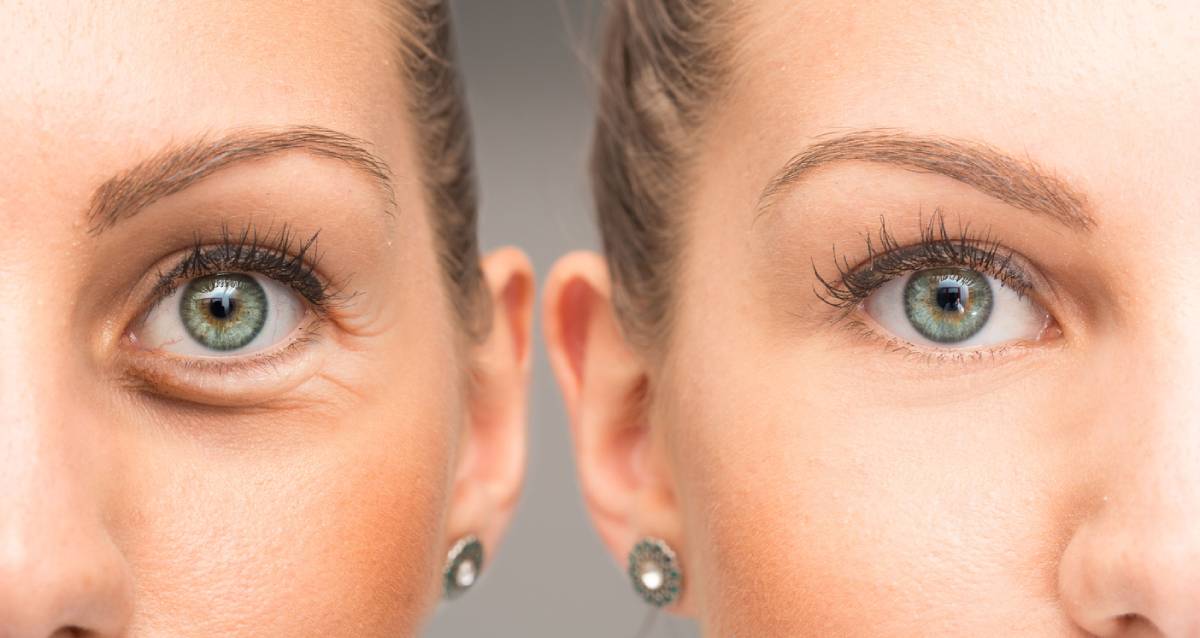A revision eyelid surgery is a type of eyelid surgery that intends to correct imperfections that a patient is unhappy with in an original eyelid surgery. There are many plausible elements of an eyelid surgery that can go awry that a patient might be unhappy with. Below, we cover some key approaches to revision eyelid surgery.
Approaches to Revision Eyelid Surgery
That’s when revision surgery comes in. These powerful procedures, when performed by an expert physician, can give a patient the results that eluded them in their original procedure.
If you’re unhappy with the original elements of your eyelid surgery or are just curious about the details of a revision procedure, take a look at this overview of the procedure.
Revision Surgery Basics
There are many different ways that a revision surgery can occur. The primary purpose of a revision surgery is to correct mishaps or undesirable elements that may have occurred in an original eyelid surgery. The full scope of what this might entail is rather large, as blepharoplasties are complex surgeries that require the delicate hand of an expert surgeon to execute correctly.
Given this, the exact nature of one’s revision surgery will be highly dependent on the nature of the mistake that prompts a patient to seek revision treatment. Below are some of the common requests that patients make in terms of revision.
Correcting Folds
The eyelids are composed of various folds of muscle and skin. Oftentimes, these folds are what a surgeon manipulates over the course of a blepharoplasty to create a new look for a patient. Some of the common adjustments to one’s folds can include:
Correcting a shallow fold: a surgeon is able to deepen a fold that a patient finds too shallow.
Adjusting deep folds: Deep folds are often fixated too high on one’s eyelids. This can place undue tension on one’s eyes and cause irritation issues like dry eyes due to overexposure.
Preventing loss in a new fold: folds that are artificially augmented through an initial eyelid surgery might experience a more rapid loss in volume than is normal. Revision surgery has the potential to reverse and correct these trends.
Diminishing Scars
It is somewhat atypical for a correctly performed blepharoplasty. However, there are common mistakes that a surgeon can make that can result in the formation of scar tissue. One example of a mistake that is commonly made is leaving in the stitches and sutures from the initial procedure.
Scars can also result from the excessive removal of the orbicularis muscle and the connective tissue from a deep fold or ectropion. In this case, a revision surgeon must reconstruct the missing muscle tissue.
Adjusting Crease Height
The creases along the eyelid are another element of the eyes that is commonly adjusted during a blepharoplasty. When the initial crease adjustments made by a physician don’t match what a patient might be looking for, revision surgery can readjust some of the elements of the crease to more closely match the desired results.
Some of the common elements that can impact crease appearance include the following:
- Sunken eyelids
- Enophthalmos
- The presence of an epicanthic fold
- Weight gain
- A history of failed blepharoplasty
- Thick skin and abundant tissue
Virtually all created eyelid creases will attenuate during the first few months after one’s initial procedure is performed. Waiting until this period is over can give a physician a stronger sense of the kinds of adjustments that need to be made to the initial results. In a double blepharoplasty, a common complaint that is filed is that the crease is too high. This and other issues can be corrected during a revision blepharoplasty.
Correcting Asymmetries
If the eyes end up appearing even more asymmetrical than before, then it may be an indication of a poorly performed blepharoplasty. A well-performed revision surgery has the potential to readjust the positioning of the eyes. This can correct these asymmetries and restore balance to one’s facial features.
Generally speaking, there are two primary causes of asymmetry that arise during an eyelid surgery. The first is due to a surgical error on the part of the surgeon. They might incorrectly perform different operative maneuvers on the left and right sides of the face. The more common cause of asymmetry is that a blepharoplasty accidentally accentuates pre-existing asymmetries that weren’t noticed by the physician beforehand.
Contact Us Today
Infocus has the expertise, and the team needed to perform fantastic revision surgeries for the residents of Southern California. If you’re unhappy with the results of your initial eyelid surgery, contact us today in order to schedule a consultation.


